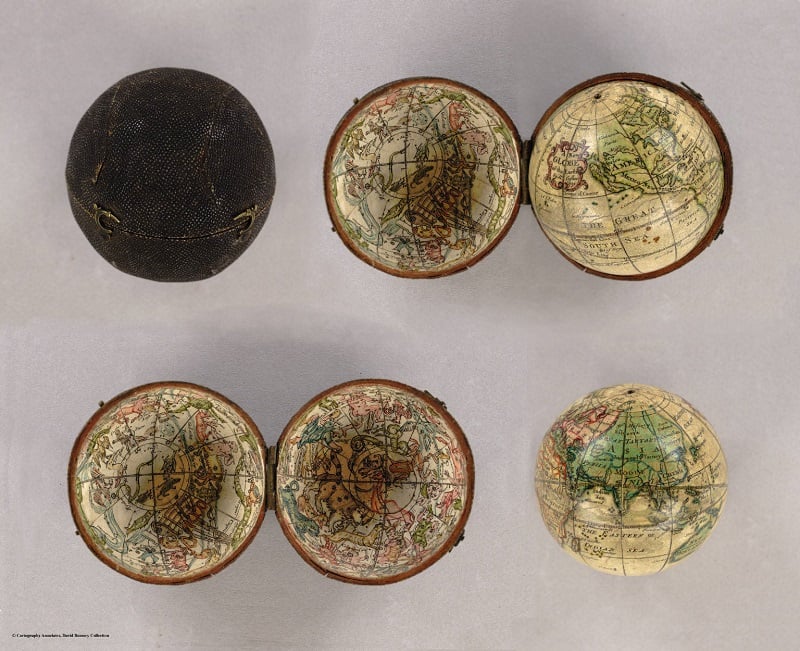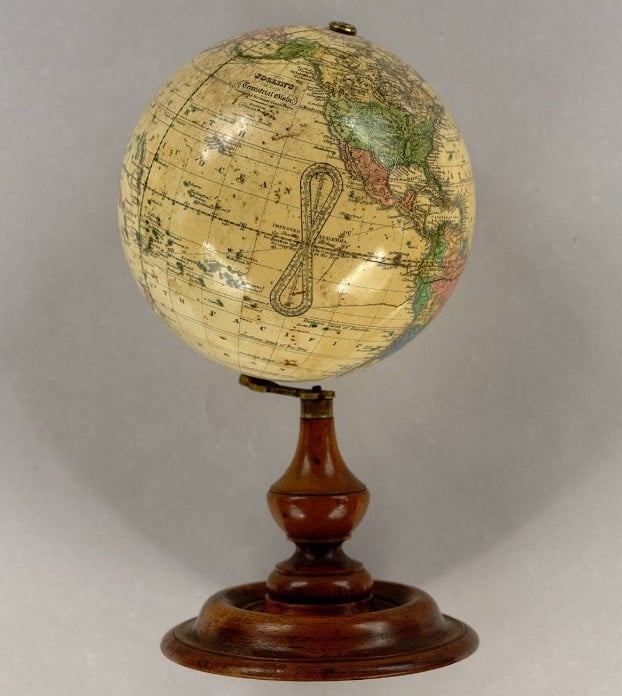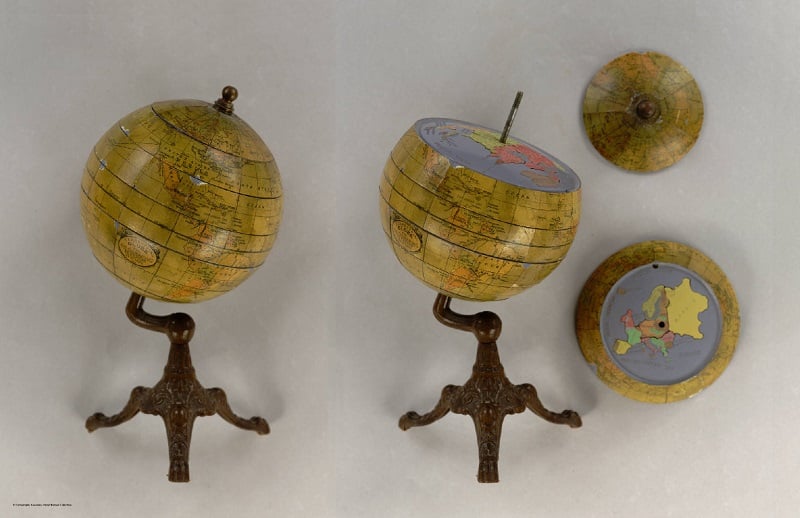
The History of Globes
In this day and age, many of us are using GPS to navigate around our neighborhoods, countries, even around the world. For the average person, Google Maps and smartphone apps have become so commonplace that it can be easy to forget what this technology means in the grand scheme of things. Sure, getting from Point A to Point B now starts with only a few clicks on your keyboard or a couple taps on your smartphone. However, looking from a much broader perspective, GPS represents just another traceable step in the evolution of how we navigate around our planet.
One step in particular that has often been overlooked and forgotten is the history and art of globe making. While globes are now primarily used as decorative items rather than educational tools, they represent the culmination of centuries of exploration, discoveries, conflicts, and trial and error. Follow along as we briefly delve into the history of globes, their transformation over time, and the increasingly extinct practice of hand-making them.
 Martin Behaims “Erdapfel” (earth apple) from 1492 (Image: Concrete Matter)[/caption]
Martin Behaims “Erdapfel” (earth apple) from 1492 (Image: Concrete Matter)[/caption]
 17th Century Globe New Amsterdam History Center[/caption]
17th Century Globe New Amsterdam History Center[/caption]
 Pocket Globe from 1731 by Richard Cushee[/caption]
Pocket Globe from 1731 by Richard Cushee[/caption]
 A 19th Century six inch terrestrial globe. Image: David Rumsey[/caption]
A 19th Century six inch terrestrial globe. Image: David Rumsey[/caption]
 1927 Geographic Educator sectional globe[/caption]
1927 Geographic Educator sectional globe[/caption]
Beginnings – 16th Century Globes
While evidence for the exact origins of globes is scarce, it is known that globes became very relevant beginning in the 15th and 16th Centuries. The earliest surviving globe was designed by a German geographer in 1492, just as Christopher Columbus was embarking on his journeys to the West. Yet, contrary to what you might think, globes were not initially used for navigating the seas nor recording of new discoveries. Rather, globes were given to powerful rulers as gifts, as they symbolized their control over their lands. [caption id="attachment_8390" align="aligncenter" width="554"] Martin Behaims “Erdapfel” (earth apple) from 1492 (Image: Concrete Matter)[/caption]
Martin Behaims “Erdapfel” (earth apple) from 1492 (Image: Concrete Matter)[/caption]
17th Century Globes
While the demand for globes rose in the 17th Century, the use for them largely remained the same. Small pocket globes and even larger globes developed by the British continued to serve as powerful decorative accessories and as symbols of status. Nevertheless, maps were updated and new discoveries were recorded so that many globes could still serve a practical use. [caption id="attachment_8391" align="aligncenter" width="673"] 17th Century Globe New Amsterdam History Center[/caption]
17th Century Globe New Amsterdam History Center[/caption]
18th Century Globes
Only in the 18th Century did globes more widely serve practical uses such as the recording of new discoveries and as educational tools for astronomers. Transitioning further away from decorative appeal, globes became much more informational with many new discoveries, including the voyages of Captain James Cook (as depicted in our Antique Terrestrial MOVA Globe). [caption id="attachment_8392" align="aligncenter" width="800"] Pocket Globe from 1731 by Richard Cushee[/caption]
Pocket Globe from 1731 by Richard Cushee[/caption]
19th Century Globes
This time period saw the addition of a new market for globes that is iconic in today’s world: the classroom. Thus, many globes were made into smaller sizes for easier portability and of course to conform to children’s needs. Towards the end of the century came technological innovations which would change the ways globes were produced. [caption id="attachment_8394" align="aligncenter" width="622"] A 19th Century six inch terrestrial globe. Image: David Rumsey[/caption]
A 19th Century six inch terrestrial globe. Image: David Rumsey[/caption]
20th Century Globes
Technological innovations affected the production of globes in many ways. First and foremost, globes became mass-produced using various materials from wood to plastic. Secondly, satellite images showing the earth’s land masses confirmed the accuracy of previous globes, shedding them in a positive light. [caption id="attachment_8395" align="aligncenter" width="800"] 1927 Geographic Educator sectional globe[/caption]
1927 Geographic Educator sectional globe[/caption]
